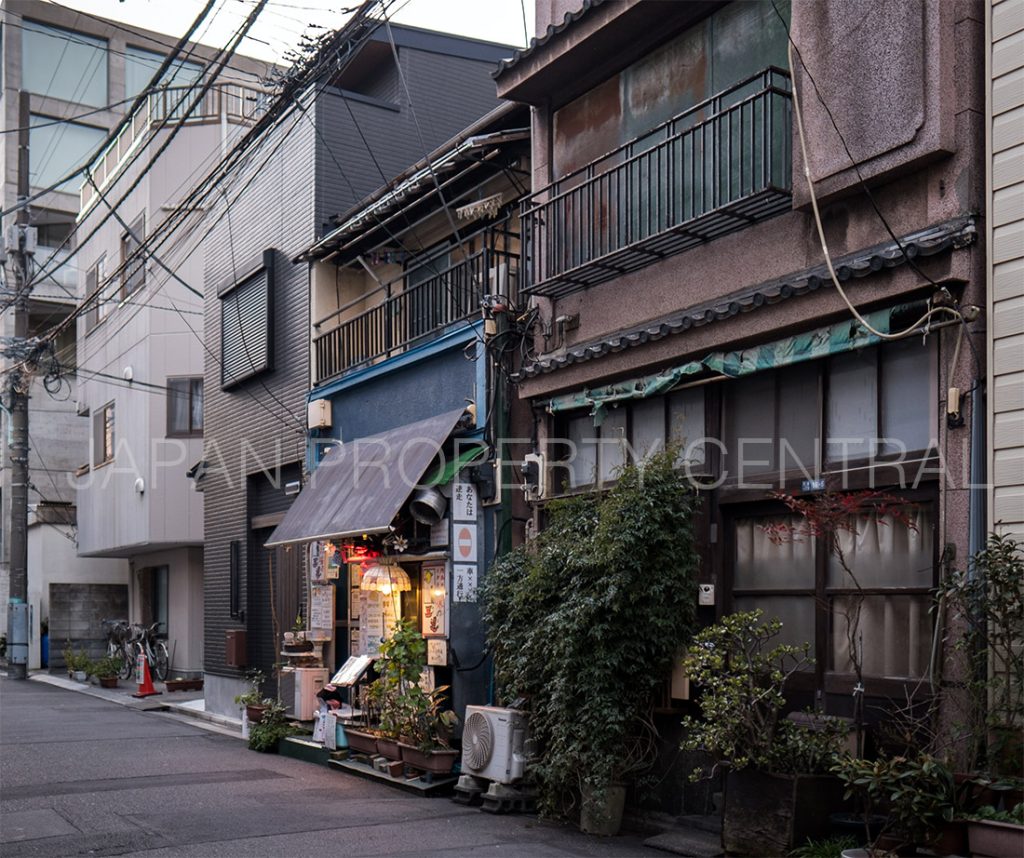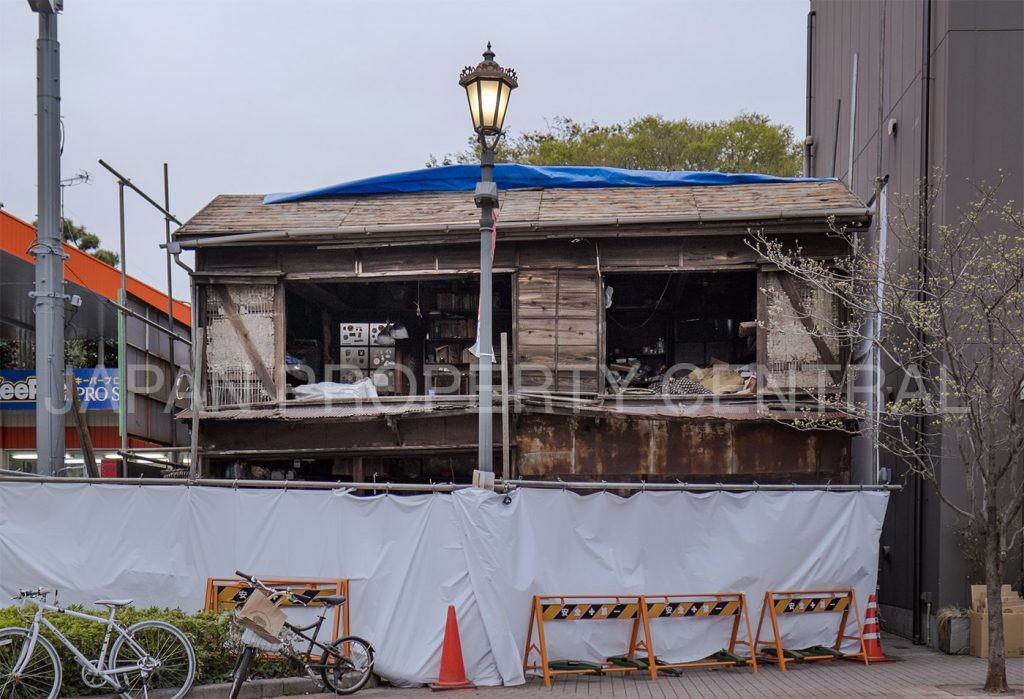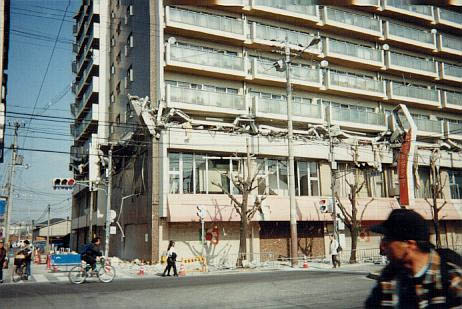9.5 trillion Yen to retrofit Tokyo’s wooden homes

Tokyo wants all homes to meet current earthquake-resistant codes by the 2040s and has budgeted 9.5 trillion Yen (US$71 billion) to make it happen.
Majority of wooden homes built before 2000 need earthquake-retrofitting

According to the Japan Wood-frame House Earthquake Reinforcement Business Cooperative, made up of contractors and architects that provide earthquake-retrofitting services, 93% of the 4,000 homes that have had earthquake-resistance inspections carried out over the past 15 years in Tokyo were at risk of collapse in an earthquake that produced a seismic-intensity (shindo) level of upper 6 or higher (*Note: The seismic intensity scale is difference to magnitude). The average age of a house surveyed by the Cooperative was 37 years.
Earthquake-retrofitting an unpopular choice despite government assistance
 Not far from Shin Osaka Station is a 11-storey, 40 year old apartment building that was built to the older earthquake codes (called kyu-taishin). A member of the building owners’ association said that the building has been carefully maintained over the years with new flooring in the common areas and re-painting of the exterior walls. However, no efforts have been made to retrofit the building for earthquakes. They are also yet to conduct any official earthquake-resistant building diagnosis, although they did consult with an architect several years ago. The architect’s opinion was that retrofitting was absolutely necessary and could cost around 100 million Yen.
Not far from Shin Osaka Station is a 11-storey, 40 year old apartment building that was built to the older earthquake codes (called kyu-taishin). A member of the building owners’ association said that the building has been carefully maintained over the years with new flooring in the common areas and re-painting of the exterior walls. However, no efforts have been made to retrofit the building for earthquakes. They are also yet to conduct any official earthquake-resistant building diagnosis, although they did consult with an architect several years ago. The architect’s opinion was that retrofitting was absolutely necessary and could cost around 100 million Yen.
The building, with 100 apartments, has 90 million Yen in the repair fund. If they were to carry out retrofitting, the building management and repair fees charged to each apartment owner would have to double. The issue about retrofitting is brought up each year at the owners’ association annual meeting, but those in favour are in the minority.Read more
Hotels worried about new earthquake-retrofitting obligations
 From November, large-scale buildings such as hotels built before 1981 will be obligated to ensure that their buildings meet current earthquake-resistant codes.
From November, large-scale buildings such as hotels built before 1981 will be obligated to ensure that their buildings meet current earthquake-resistant codes.
Building inspections must be carried out before the end of 2015, after which the results will be made public. This has left some hotels worried that guests will avoid places that receive a low score. However, the Ministry of Land, Infrastructure, Transport and Tourism (MLIT) says that this information is necessary for hotel guests.Read more
Inspections of pre-1981 buildings far from complete
As part of an effort to assess the earthquake-resistance of older buildings in Tokyo, the City announced on March 4 that only 6.8% of rental-only residential buildings and 17.1% of condominiums built prior to 1981 to the old earthquake codes (called kyu-taishin) have been inspected.Read more
Voting rules may change to speed up earthquake-retrofitting

The Ministry of Land, Infrastructure, Transport and Tourism (MLIT) is considering bringing in relief measures that will reduce the number of votes needed by apartment owners when deciding on earthquake-retrofitting.
Currently, a majority vote is needed for small repairs, but if the building association wishes to carry out large-scale repairs which may include earthquake-retrofitting, at least 75% of apartment owners must agree to the repairs. Proposed changes by the MLIT would change this to a majority vote. Read more
Earthquake-resistance checks on old apartments not progressing
 Of Japan's apartment buildings built prior to 1970 to older and less stringent earthquake standards, only 16% have been inspected to see whether they can withstand a large earthquake.
Of Japan's apartment buildings built prior to 1970 to older and less stringent earthquake standards, only 16% have been inspected to see whether they can withstand a large earthquake.
In February, the Condominium Management Companies Association conducted a survey of 2100 pre-1970 apartment buildings nationwide. From the individual management companies that responded, only 16% reported that a building inspection was carried out to assess their building's earthquake resistance, and almost all were found not to meet current standards. Only 3% of the surveyed buildings had actually carried out any earthquake reinforcing work.Read more
